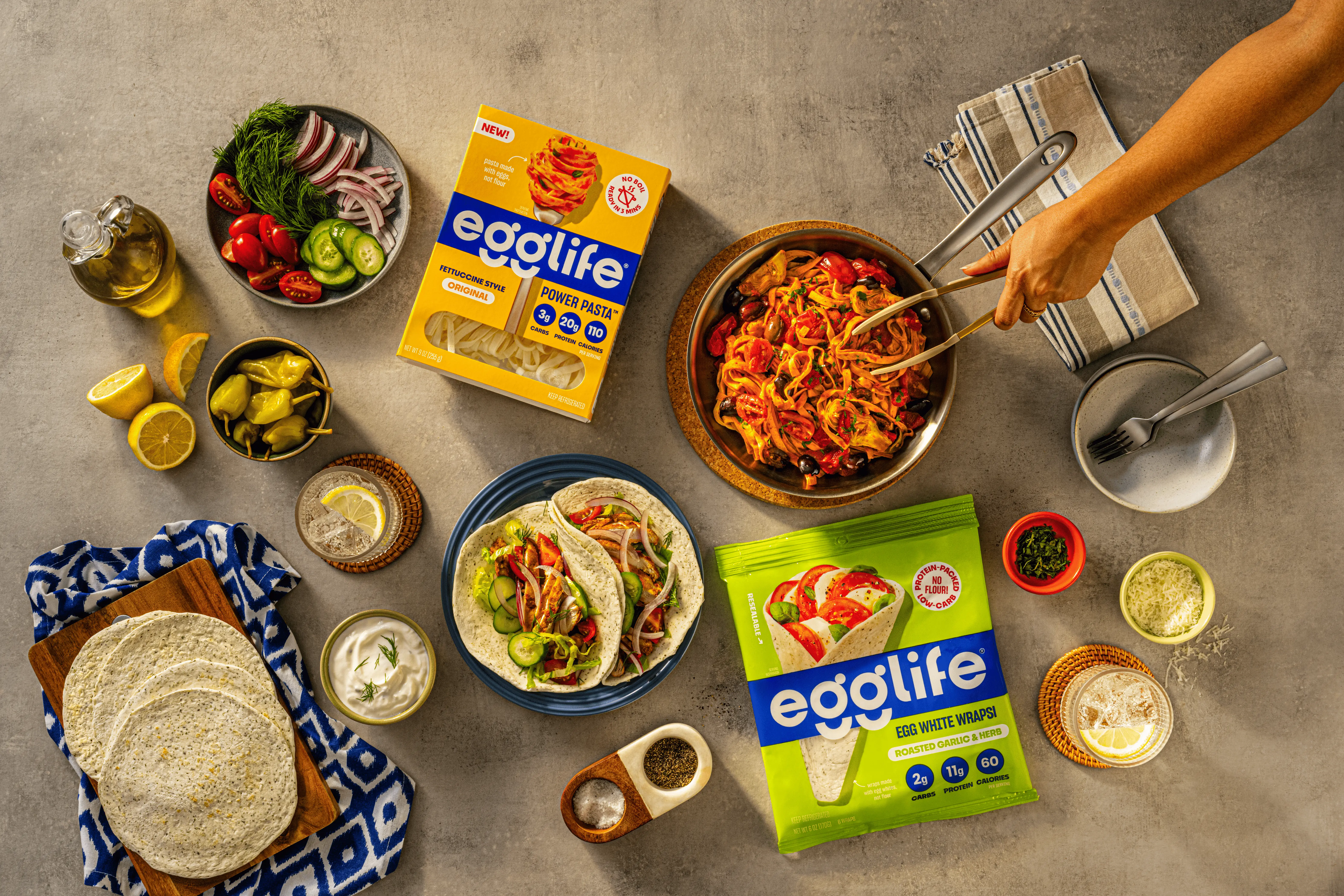Food is personal; it has the power to heal, to nourish, to connect. When first receiving the news that gluten needs to be eliminated from your life, it can all feel overwhelming. However, know that you can still find that same fun and joy with food! With a gluten-free lifestyle, you shouldn’t have to sacrifice quality, taste, flavor or your sense of community and we’re going to share some tips and tricks on how to make that happen for you.
May is a month that’s synonymous with warmer weather and those Spring flowers, and it’s also the month to acknowledge Celiac Awareness and gluten-intolerances.
If you’ve been diagnosed with celiac disease or have a gluten-intolerance, know that you’re not alone. Experts believe that 1% of the world’s population have been diagnosed with celiac disease, with about 2 million people in the United States included in that number. Those with a gluten-intolerance also make up about 6% of the general population and there are so many more out there that are still undiagnosed.
The word celiac and gluten-intolerance often get tossed around a lot, but what do they actually mean?
Celiac Disease: An autoimmune disease where the body can’t tolerate the protein found in gluten. The body sees it as an invader, and it causes damage to the intestinal tract. You can be tested for celiac with a blood test and an upper endoscopy and the only treatment is a 100% gluten-free diet.
Gluten Intolerance: There is no known damage to the intestinal tract, but the body may have negative reactions to gluten. It can only be diagnosed by removing gluten from the diet.
The main difference between the two is that it’s possible that those with an intolerance can tolerate some gluten while those with celiac cannot consume even the smallest amounts.
The good news is there are now a variety of high quality, gluten-free food products now available in the grocery stores. There are some quick and easy swaps you can make and still have those flavors of your favorite dishes come through! I’ve found that egglife wraps are real lifesavers and can act as a base or a filler in so many recipes. Not only are they packed full of protein, but they’re low calorie, gluten-free and contain minimal ingredients, aka sign us up!
Here are a few ideas I’ve found helpful, featuring some of my favorite egglife recipes:
QUICK GLUTEN FREE SHOPPING SWAPS
- Breads/wraps → egglife wraps (perfect for sandwiches, tacos, enchiladas, chips or tortillas)
Cheesy Gordita Crunchwraps
Breakfast Nachos
BBQ Panini Cuban Sandwiches
- Pizza crust → egglife wraps, cauliflower crusts, veggie-forward pizza crusts, gluten-free crusts
Paleo Salami Pizza
Air-Fryer Keto Pizza
- Desserts → egglife wraps work great as pie crust, crepes, churro ice cream bowls (you can really get creative here!)
Gluten-Free Sweet Apple Pie Bites
Kid Approved Banana Nutella Wrap
Cinnamon Churro Bowl with Homemade Horchata Ice Cream
- Pasta → chickpea, lentil, black bean, gluten-free pasta, and egglife wraps work especially well in a gluten-free lasagna or in other pasta based casserole dishes! (there are some really fun flavors out there to try!)
Butternut Squash Meatless Lasagna
Breakfast Lasagna
- Flour as a thickener for sauces → arrowroot or tapioca flour
- Baking with all-purpose flour → gluten-free flour blend that is a 1:1 ratio
- Soy sauce → Coconut Aminos
- Store bought dressings (if they contain gluten) → Make your own at home! A favorite of ours is a quick dijon vinaigrette (whisk together ¼ cup white wine vinegar, ½ cup olive oil, 2 tablespoons dijon mustard, 1 clove garlic, and salt and pepper to taste)
After finding out that you need to go gluten-free, you may be asking yourself ok- well then, what can I have? We’ve found that the most helpful tool for you is the food label. It can take the guesswork out of it all, and you’d be surprised at some foods that contain gluten (dressings, spices, condiments, for example). Having that gluten-free label listed is currently optional, but if it is labeled gluten-free, it must contain less than 20 parts per million (think so small, it’s close to finding a needle in a haystack) and is ok for those with celiac and an intolerance. There are also foods that are naturally gluten-free (fresh fruits and veggies, most animal proteins, beans/lentils, tofu, nuts/seeds).
These foods and ingredients listed below are the ones to avoid:
- Wheat
- Other forms/varieties of wheat: whole wheat, spelt, wheat berries, kamut, durum, farro, farina, bulgur, graham, semolina, bromated flour
- Barley
- Rye
- Malt (or malt vinegar)
- Triticale
- Oats containing gluten
It’s also important to check where the food was manufactured. Some of those foods may be good to go food label wise, but are produced in a warehouse where other foods containing gluten have been processed and aren’t safe for those with celiac. Moral of the story, check those food labels!
Now that you’ve got your creative juices flowing and your kitchen covered and are in control there, let’s look a little at dining out and social gatherings. You should be able to enjoy your time around the table and take the stress or worry out of what to eat. We’ve found that the key here is to ask the important questions:
- If a food is fried, is there a separate fryer for gluten-free items?
- What ingredients are in the sauce/dressing?
- Are gluten-free items prepared in a separate skillet, cutting board, etc – what is the process? (ask restaurants about cross-contamination procedures)
- What are the gluten-free options available? (if they’re not already listed on the menu)
Cross-contamination can also happen easily. Some ways to prevent that are by using separate serving dishes for gluten-free items, avoid double dipping with utensils, and watch those dips (other people could dip crackers/chips/etc in them containing gluten and that could contaminate the dish). Your friends/family/restaurants will understand and help accommodate for what you need.
While you may feel limited, know that going gluten-free doesn’t have to feel restrictive. You can still live a full life and rediscover the joy in food.
Holly Darnell is a registered dietitian nutritionist and owner of Golden Roots Nashville , who unlocked self-love at the intersection of exceptional food and practical solutions for healthy living. She is your food allergen expert and specializes in everything from consulting and catering to recipe development. Holly is based in Nashville, TN and has been practicing for 10 years. She has worked with a variety of companies from the NFL and Lemon Laine to Bumble and Living with Landyn. Holly is passionate about helping others make simple, positive lifestyle changes on their individual path to healing. Keep up with Holly and see what she’s creating over on Instagram @goldenrootsnashville


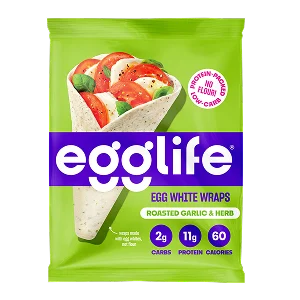
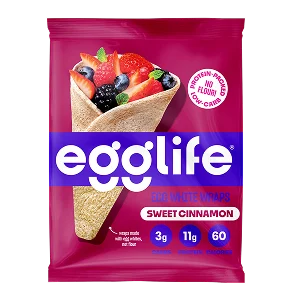



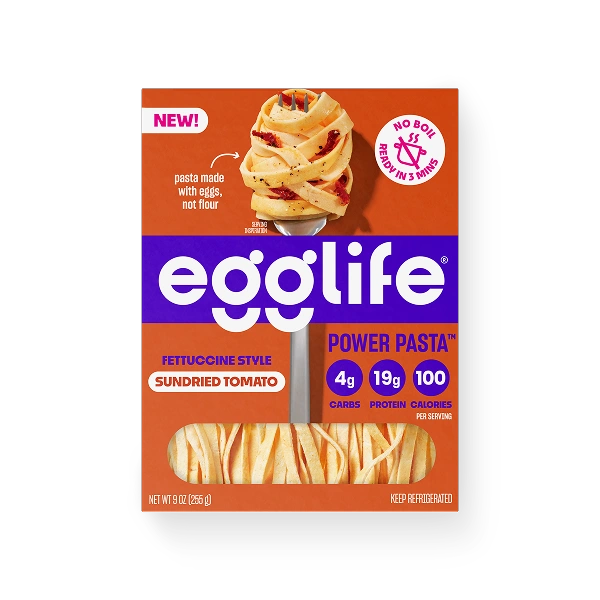



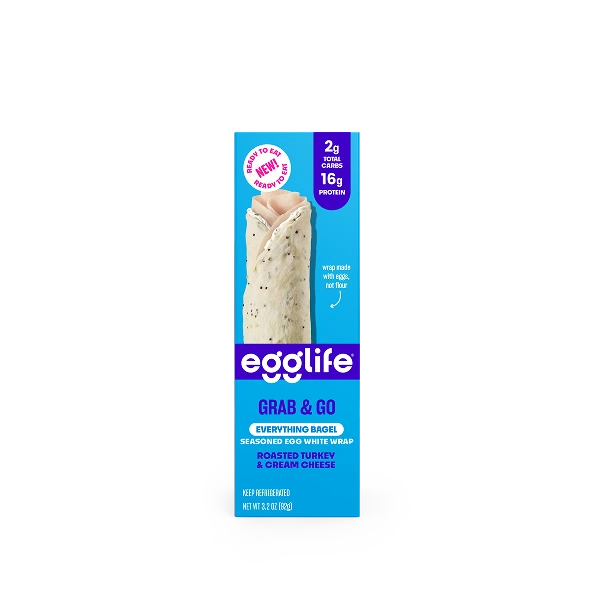


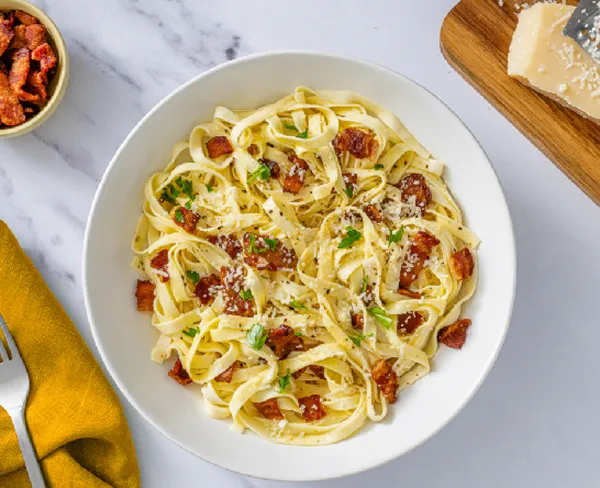








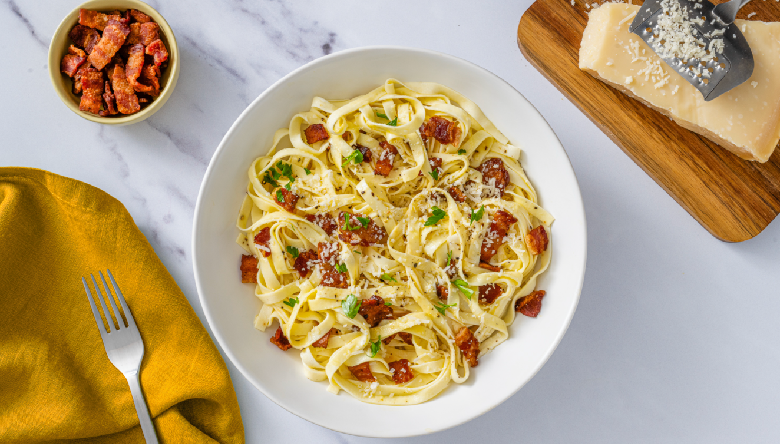
%20(1).webp)
%20(1).webp)




